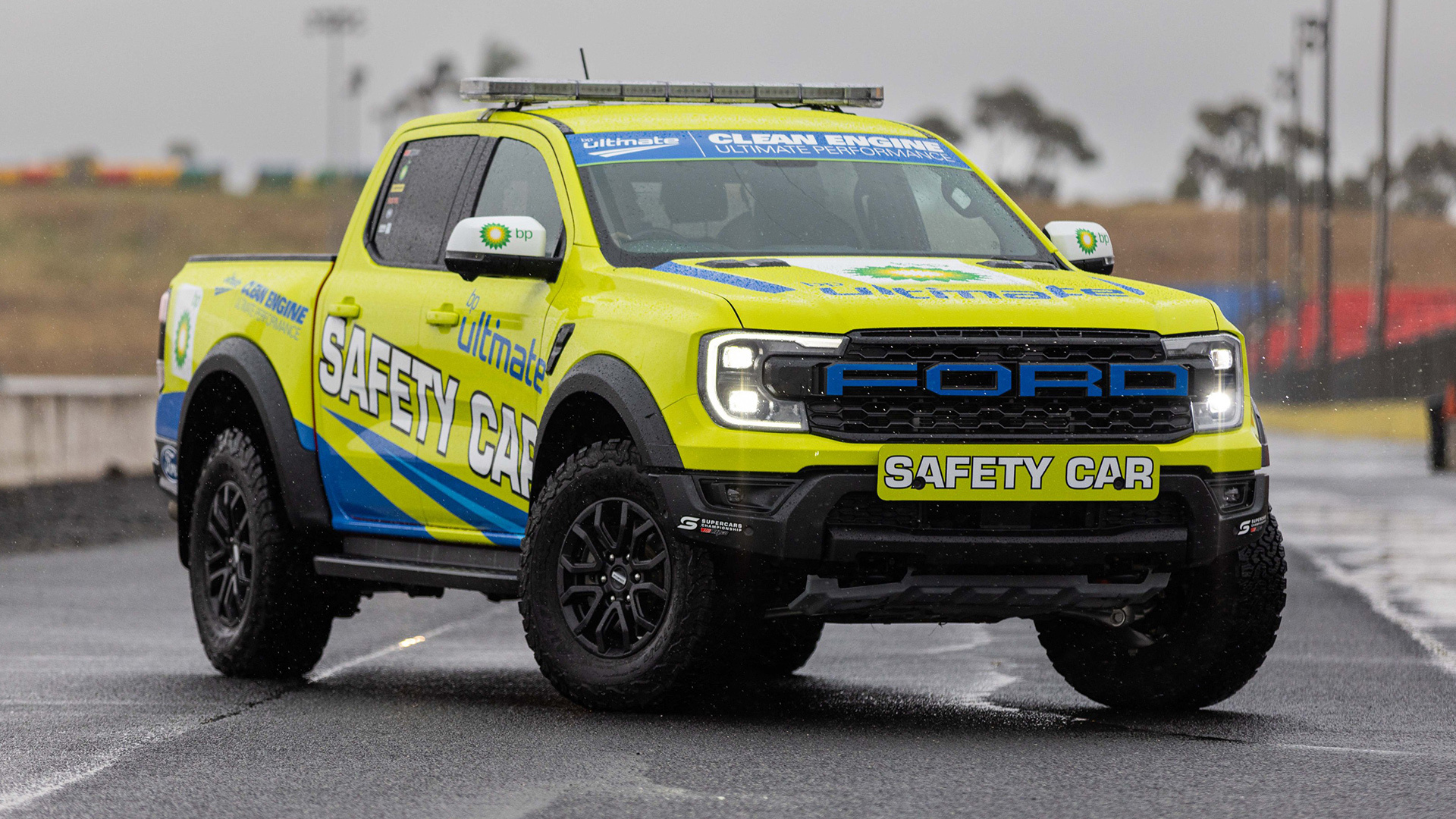In the ever-evolving world of online car sales, flipping vehicles has become one of the most popular side hustles and full-time gigs for aspiring entrepreneurs. With platforms like Facebook Marketplace, Craigslist, OfferUp, CarGurus, and even Instagram doubling as virtual used car lots, it’s easier than ever to connect with potential buyers.
However, as the accessibility of online selling increases, so does the level of competition. Standing out from a sea of listings isn’t just about taking great photos or writing clever captions—it’s about understanding the market.
The single biggest factor that determines whether a car will sell fast or sit unsold for weeks is the car itself. Some cars flip effortlessly and attract messages within minutes of posting, while others are avoided entirely, no matter how attractive the price.
The digital used car market has different rules from a dealership showroom. Buyers browsing these platforms are typically motivated by urgency, budget, or necessity. They’re looking for reliable transportation, value-packed purchases, or simple vehicles to get from point A to point B.
That means vehicles with strong reputations, minimal maintenance requirements, and broad appeal are the golden ticket for flippers. These are the Civics, Corollas, Camrys, and older trucks like the Ford Ranger—cars that consistently sell fast and hold their value due to real-world performance, affordability, and trust.
They’re not necessarily flashy, but they speak directly to what online buyers want: dependability, familiarity, and a price that doesn’t break the bank.
On the flip side, there’s an entire category of vehicles that perform terribly on the used market, especially online. These aren’t just unpopular—they’re unmovable. You can post them with excellent photos, include detailed maintenance history, and price them below market, and still get no bites.
Why? Many of these models carry reputational baggage, suffer from obscure branding, or simply don’t meet the needs of the average buyer. Whether it’s a Fiat 500 with quirky but problematic European mechanics or a Smart Fortwo that offers zero practicality outside a dense urban center, these cars become liabilities rather than assets in a resale portfolio.
It’s important to note that a vehicle’s value on paper—its Blue Book price, auction results, or dealer estimates—doesn’t always match how it performs in the digital wild. A car might be “worth” $6,000, but if nobody’s buying it online, that theoretical value is irrelevant.
Flippers need to think like marketers: who is the buyer, where do they live, and what do they need? The best vehicles to flip are those that align with the reality of what buyers are actively searching for, not what the car industry says they should want.
This article explores two ends of that spectrum in depth. First, we’ll break down five vehicles that consistently flip fast online—these are the proven moneymakers that almost guarantee quick turnover and decent margins, often with minimal repair investment.
Then, we’ll highlight five vehicles that consistently fail to sell, wasting your time and tying up capital. These are the cars flippers should avoid unless they have a hyper-specific niche market or enjoy gambling with their wallet.
Whether you’re just starting to flip cars or looking to refine your vehicle sourcing strategy, this breakdown will arm you with real-world knowledge from the trenches. Because success in online car flipping isn’t about luck—it’s about choosing the right cars. Every time.
Also Read: 5 Vehicles That Qualify for Insurance Discounts and 5 That Cost More Each Year
5 Cars That Flip Easily Online
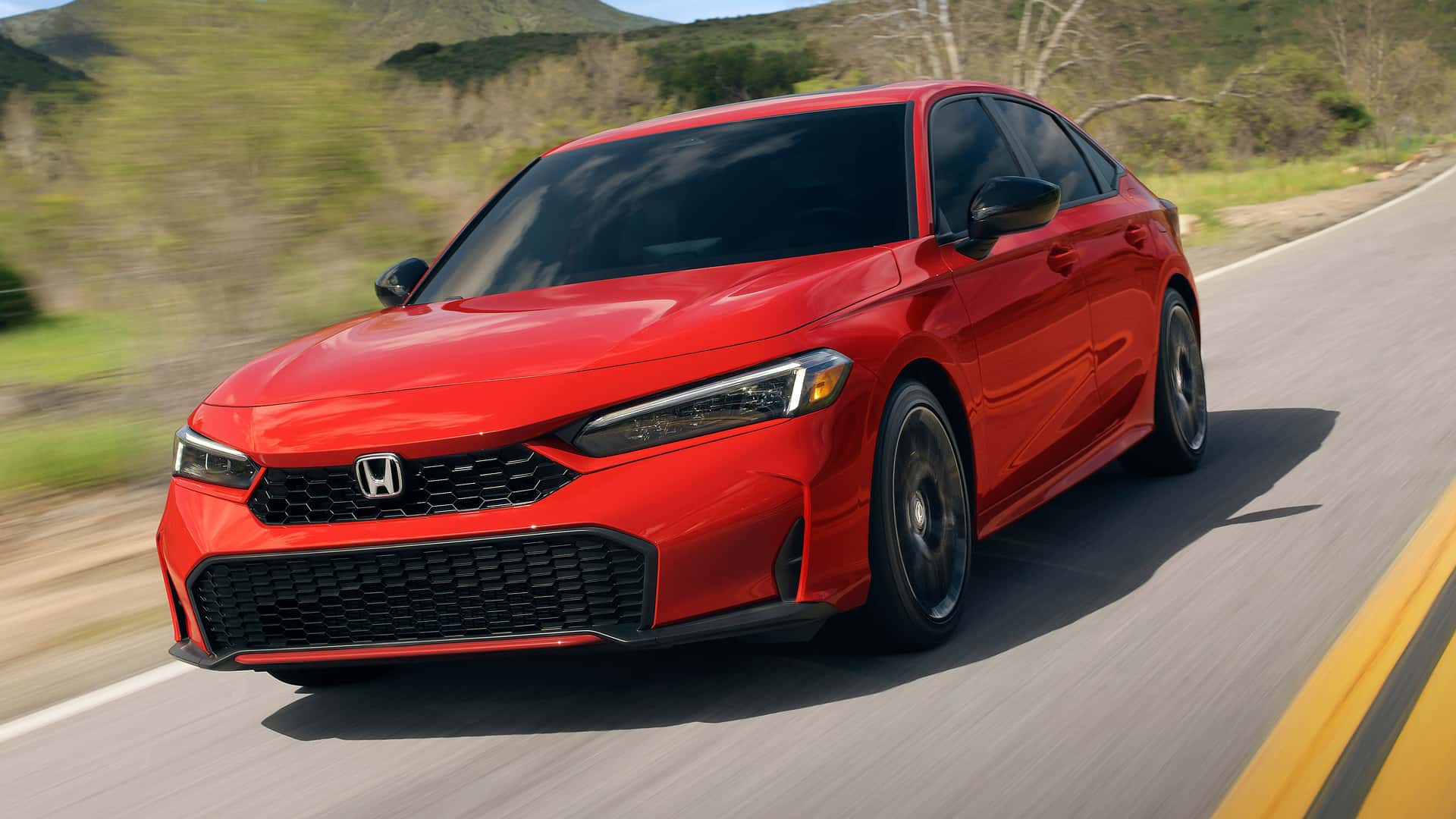
1. Honda Civic
The Honda Civic is arguably the most reliable and consistent flipper-friendly car on the market. It’s a staple of the compact car segment and has built a rock-solid reputation for durability, fuel efficiency, and universal appeal.
Whether it’s a late 1990s model or a modern turbocharged variant, Civics are known to perform well under pressure and require minimal upkeep, making them very attractive to budget-conscious buyers.
Their engines, particularly the 1.8L and 2.0L variants, are known to run well past 200,000 miles with routine maintenance. For online sellers, that means a wider audience of buyers who are confident the car will last, and that makes for a quick sale.
Flippers love the Civic for more than just its reliability. It’s one of the easiest cars to prep and sell due to its simple construction and widely available parts. Need to replace a bumper, a window regulator, or even an alternator? Parts are everywhere and cheap, which lowers reconditioning costs significantly.
You can often grab one of these cars at a good price, do minimal cosmetic cleanup or minor mechanical fixes, and flip it within days for a tidy profit. There’s a steady and almost unshakable demand for Civics on Facebook Marketplace, Craigslist, OfferUp, and similar sites—especially if the listing features clean photos, maintenance receipts, and a fair asking price.
What sets the Civic apart, however, is its broad appeal. It doesn’t cater to one niche—it fits into multiple. It’s a first car for a teenager, a daily driver for a commuter, a budget vehicle for a student, and a potential tuning project for an enthusiast.
The Si and Type R trims only increase its flip value, attracting buyers who are willing to travel or pay top dollar for well-kept examples. Even base models with manual transmissions fetch attention. If you’re looking for a car that practically sells itself, the Honda Civic is at the top of the list for any online flipper.
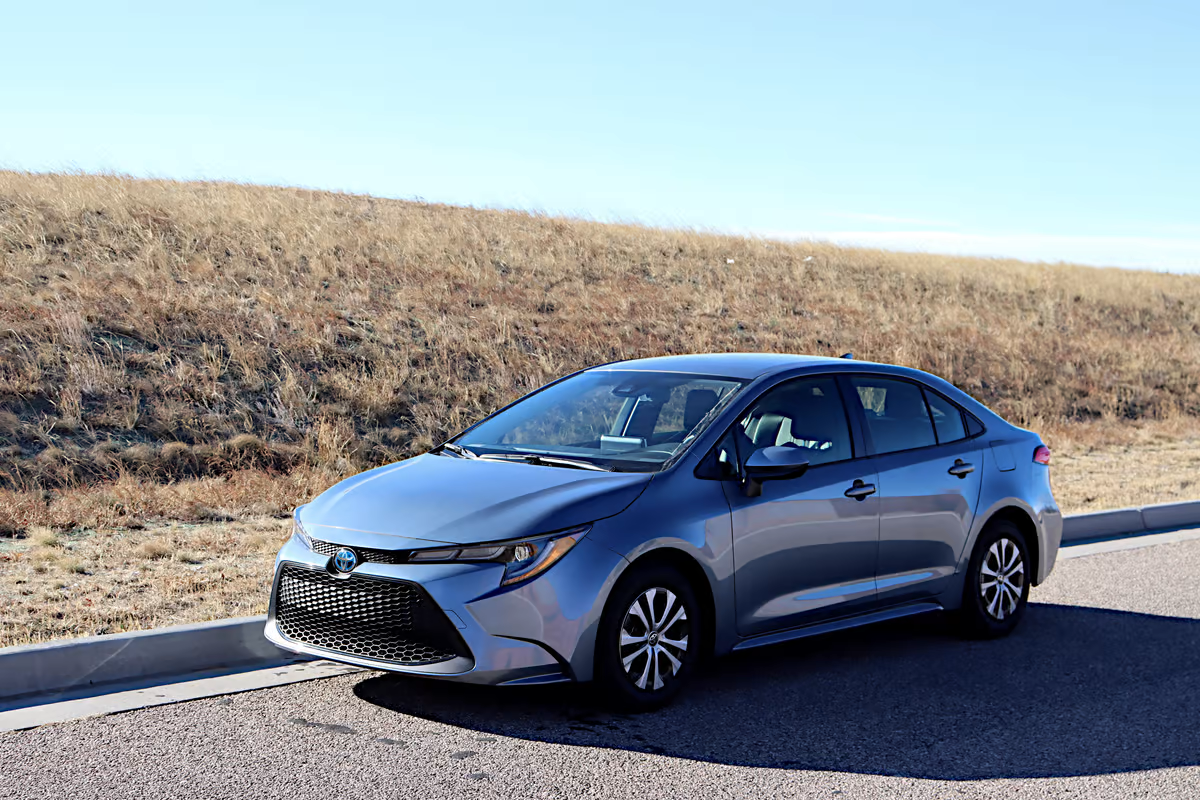
2. Toyota Corolla
The Toyota Corolla has long been the poster child for dependable, no-nonsense transportation. It’s not flashy, but that’s exactly why it flips so easily online. When someone’s looking for a car that “just works,” the Corolla is often the first name that comes to mind.
With a bulletproof engine lineup, simple design, and historically low maintenance costs, it’s the go-to vehicle for first-time buyers, ride-share drivers, and working professionals. When a flipper posts a clean Corolla, even with high mileage, it tends to move fast, especially if it’s priced between $4,000 and $9,000, a sweet spot for most used car buyers online.
One of the key factors in the Corolla’s resale strength is Toyota’s brand reputation. Buyers associate the name with reliability and minimal hassle. Even older models from the early 2000s still command respectable prices if they’ve been well maintained.
This makes the Corolla not just easy to sell, but also easy to source and flip repeatedly. Auctions and private sales are full of Corollas that just need minor detailing, fluid changes, or small fixes to become ready-for-sale vehicles. That repeatable, low-risk formula is what flippers dream of.
Additionally, the Corolla boasts strong parts interchangeability and widespread availability, which significantly reduces overhead when making repairs. From the E120 generation to the modern E210 models, parts are plentiful and affordable, and many share components across trim levels and years.
This mechanical simplicity means less time in the shop and more time online collecting inquiries. Post a Corolla with honest details, a fair price, and a few clear photos, and it will often sell within days—if not hours—of listing.
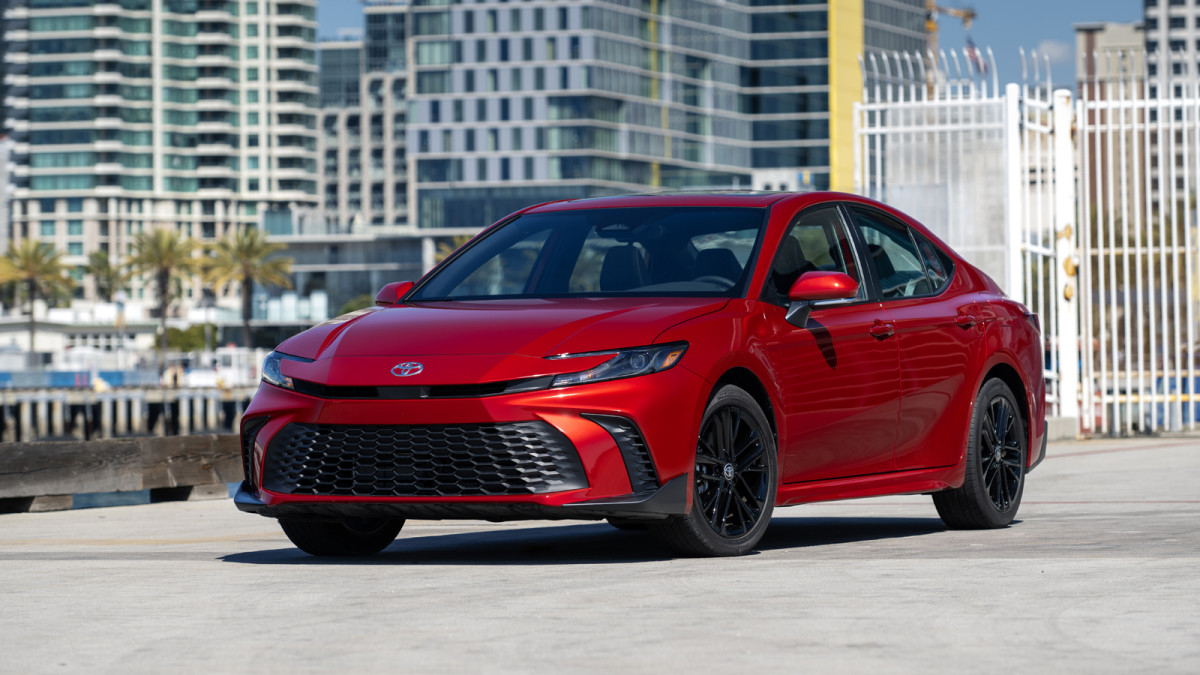
3. Toyota Camry
The Toyota Camry brings everything that makes the Corolla great and adds more comfort, performance, and interior space, making it a perfect candidate for buyers with families or longer commutes. For car flippers, the Camry represents a larger profit margin without sacrificing speed of sale.
It offers one of the widest buyer bases in the used market because it appeals to nearly every demographic: families, commuters, college students, and older drivers alike. It’s dependable, refined, and built to go 200,000+ miles, and that long-term appeal makes it one of the fastest-turning cars online.
Camrys from 2007 to 2017 are particularly lucrative, striking the right balance between affordability and modern features. These models feature proven powertrains like the 2.5L four-cylinder or the 3.5L V6, both of which are known for performance and longevity. The interiors, even in base trims, offer comfort and amenities that outclass many competitors.
More importantly, they don’t “feel old” as quickly—Toyota’s design language has aged gracefully over the last two decades. Buyers browsing online listings see a Camry and immediately think, “safe bet,”—and they’re right. That perception does the selling work for you.
Another major strength is its low cost of ownership. Insurance, maintenance, and repair costs are all moderate, making it a very low-risk buy. This is especially important for online shoppers, who are often navigating their purchases without dealer guidance.
If you’re flipping Camrys, focus on models with clean interiors, working A/C, and no engine lights. Post the service history if available, throw in a clean photo set, and you can expect multiple inquiries quickly, many from buyers who are pre-qualified and ready to move that same day.
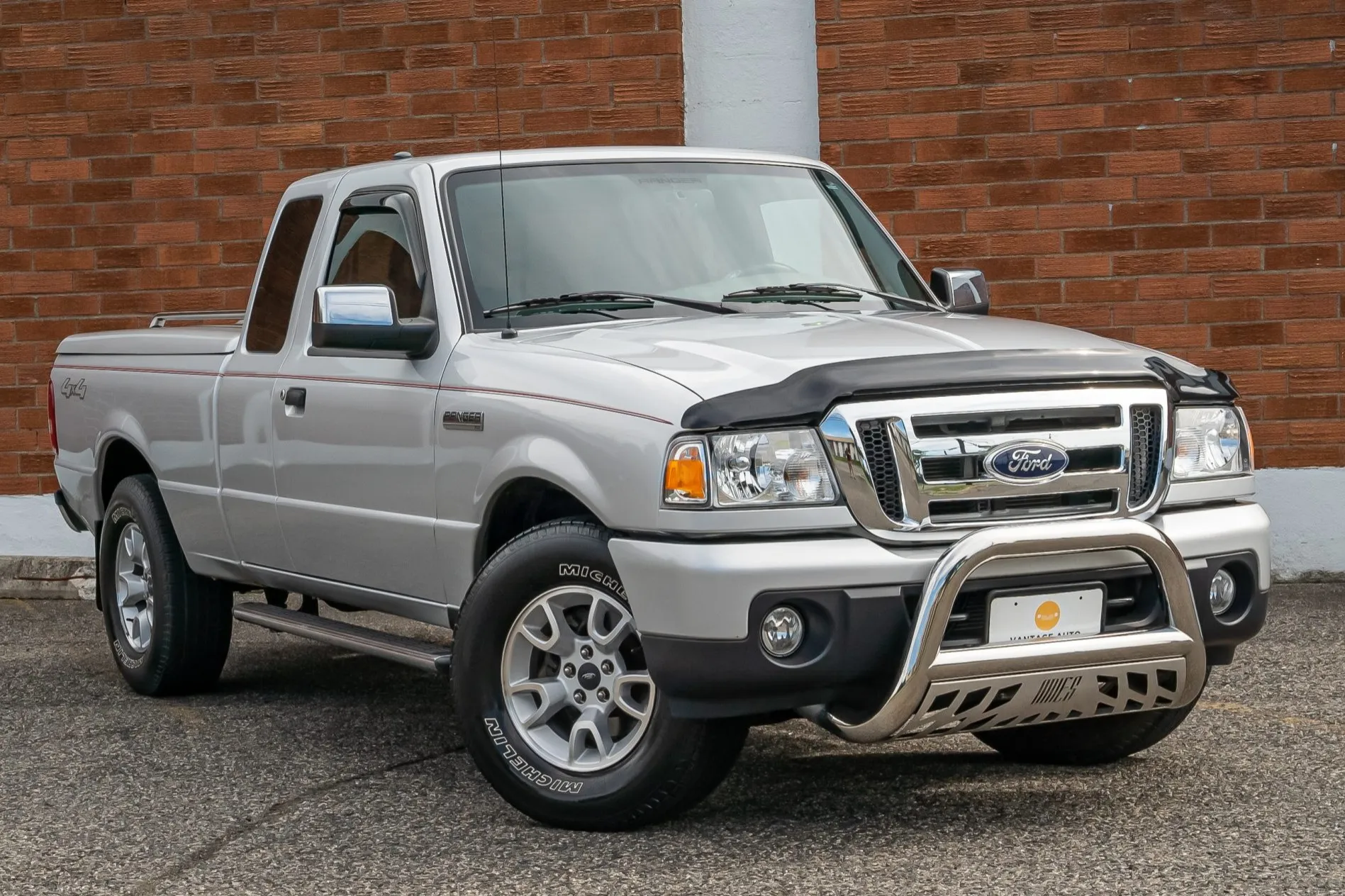
4. Ford Ranger (1998–2011)
The older Ford Ranger models are legendary for their toughness and mechanical simplicity, and they have a near cult-like following among truck lovers, contractors, and rural drivers.
These compact pickups are easy to work on, cheap to own, and built like little tanks—qualities that make them a favorite on online resale platforms. Buyers looking for a no-nonsense, budget-friendly workhorse flock to listings for Rangers, and that strong, sustained demand means they flip quickly and often for a solid profit.
Unlike larger pickups, the Ranger is easy to park, costs less to insure, and doesn’t guzzle fuel at the same rate. That makes it an excellent option for someone who needs utility but doesn’t want to deal with the downsides of a full-size truck. Whether it’s for hauling gear, doing small construction jobs, or weekend fishing trips, the Ranger’s versatility ensures consistent interest.
Even higher-mileage examples—if mechanically sound—can fetch impressive offers, especially with a desirable drivetrain like the 3.0L or 4.0L V6 and a manual transmission.
Another upside is the affordability and availability of parts. Because the Ranger remained relatively unchanged for over a decade, repairs are simple and parts can be found everywhere—from junkyards to major retailers.
That means a flipper can invest in a rough-looking Ranger, spend a few hundred dollars on repairs and detailing, and flip it for a substantial margin. Bonus points if it has cold A/C and a decent bed liner. These trucks are beloved for a reason, and online buyers recognize that quickly, leading to rapid turnovers.
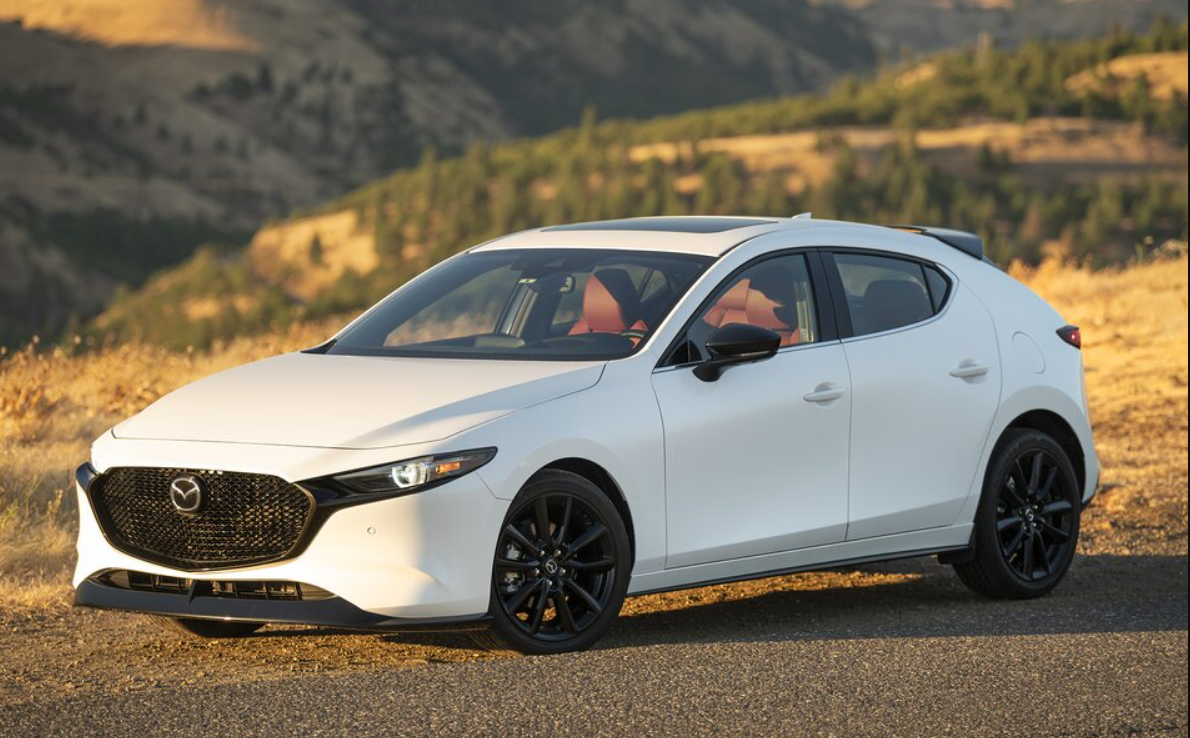
5. Mazda3
The Mazda3 strikes a rare balance between sporty handling and practical ownership, making it a favorite among younger buyers and city dwellers.
It’s one of the few economy cars that doesn’t feel like a compromise. Buyers shopping online appreciate the Mazda3’s dynamic styling, tight steering, and surprisingly upscale interiors, especially in the 2010–2018 generation.
For flippers, this model offers standout curb appeal and strong emotional appeal without the reliability concerns that plague other “fun to drive” vehicles in its class.
Another big advantage is affordability without stigma. While cars like the Mirage or Fiat 500 may seem cheap but carry reputational baggage, the Mazda3 remains a respected name in compact cars. Buyers see it as a fun, stylish alternative to the Civic or Corolla.
Trims like the Grand Touring, which include leather interiors and sunroofs, often get attention from buyers who want a near-luxury experience on a used car budget.
And because the Mazda3 tends to depreciate slightly faster than a Civic, flippers can find them undervalued on the sourcing end, then clean them up and resell them at a competitive but profitable price.
Condition and maintenance history are critical, however. Because these cars are often driven hard, high-mileage examples with poor upkeep can become liabilities. But a well-maintained Mazda3 with a clean Carfax, no warning lights, and strong curb presence can flip fast, often to a buyer who appreciates a bit of sportiness in their daily driver.
Hatchbacks are especially desirable for their added cargo space and cool factor. If you focus on the condition, the Mazda3 is a consistent performer in the online flip game.
5 Cars That No One Wants Online

1. Smart Fortwo
The Smart Fortwo may look like a clever solution to urban congestion, but it’s one of the hardest vehicles to sell online. On the surface, its compact size, great fuel economy, and quirky styling seem like selling points—but these quickly become liabilities the moment buyers start to think practically.
With seating for only two and almost zero cargo space, the Fortwo is simply too niche for most buyers browsing online platforms. For the average person shopping for a commuter, first car, or daily driver, a Smart Fortwo is too much of a compromise and not enough of a value.
Beyond its limited usability, the Fortwo has a poor reputation for performance and driving experience. The semi-automatic transmission is notoriously jerky, the acceleration is sluggish to the point of danger in certain traffic situations, and the ride quality is uncomfortable even by subcompact standards.
It’s not a car people enjoy driving—it’s one they endure, and that distinction matters deeply in a resale context. The moment someone test-drives a Fortwo after seeing an ad, excitement tends to evaporate. Even if it’s priced competitively, it rarely sells quickly unless it’s in a densely populated urban center with no parking and high gas prices.
There’s also the issue of perceived value and brand confusion. Many buyers aren’t sure what a Smart Fortwo even is—Is it safe? Is it reliable? Who even services these? Since the brand was once tied to Mercedes-Benz but offers none of the luxury or cachet, it ends up in an awkward middle ground of low trust and low awareness.
Combine this with limited parts availability and few independent mechanics willing to work on them, and you have a resale disaster. Flippers report that even pristine-condition Fortwos sit online with zero meaningful interest. In short, the Smart Fortwo is one of those cars that may get clicks for novelty, but never leads to serious offers.
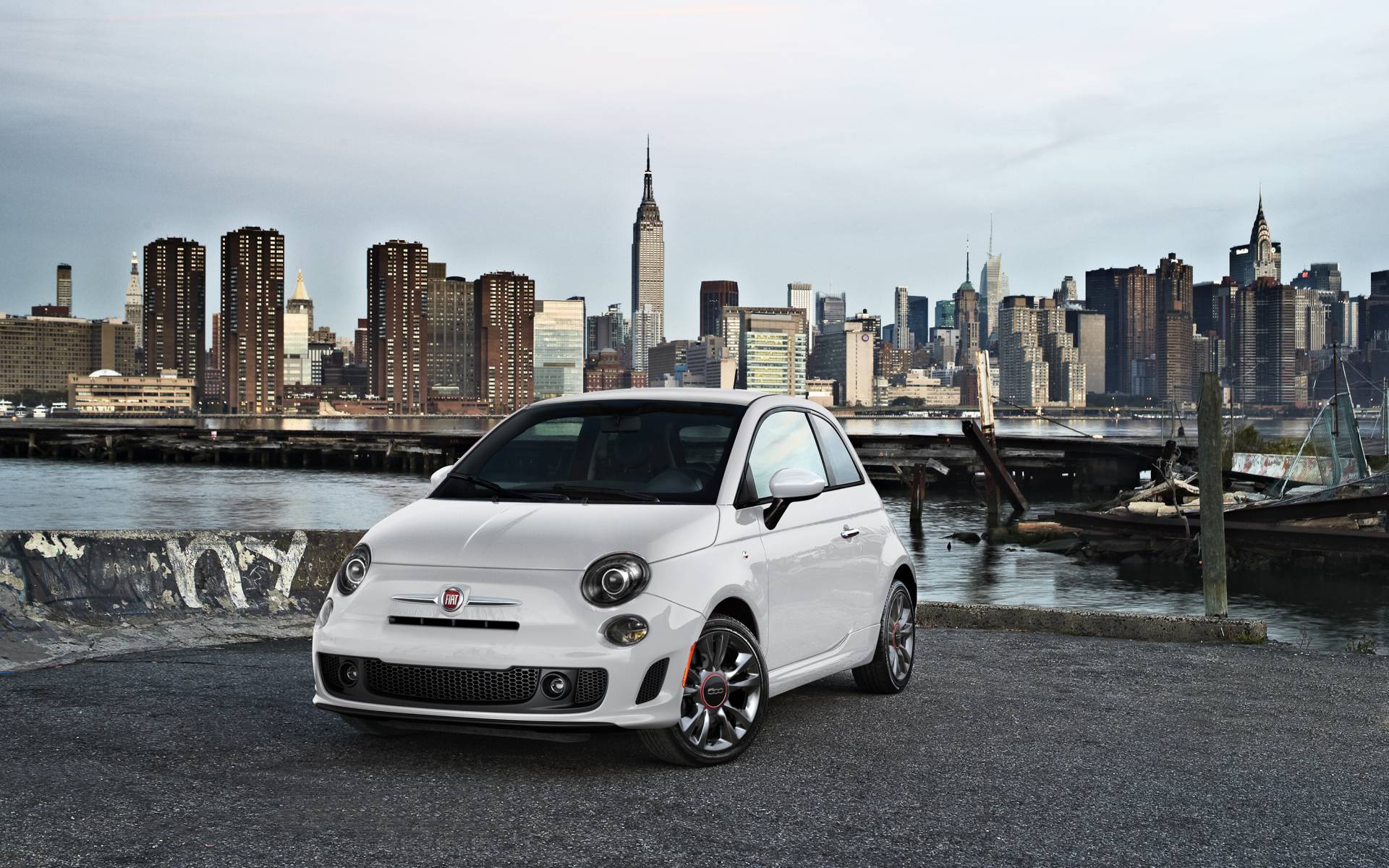
2. Fiat 500
Fiat’s return to the U.S. market was met with enthusiasm, for about 15 minutes. While the Fiat 500 debuted with charming Italian styling and urban maneuverability, it didn’t take long for its flaws to become apparent.
Buyers quickly discovered that the 500 lacked durability, suffered from reliability concerns, and offered cramped interiors that made it unsuitable for anything more than occasional city driving.
As the problems mounted, Fiat’s reputation in the American market deteriorated rapidly. Today, the Fiat 500 is one of the most avoided models on resale sites, regardless of price.
From a flipper’s perspective, the Fiat 500 is a trap. These cars often look appealing at auction or in private sales: low mileage, low purchase price, modern styling. But once you list them online, interest is minimal.
Potential buyers who are attracted to the design tend to do their research and quickly learn about its long-term issues: electrical failures, transmission quirks, high maintenance costs, and lack of dealer support.
Even the Abarth performance trim, which has some enthusiast following, struggles to pull in serious inquiries unless it’s priced far below market average.
Another problem is the vehicle’s branding. Fiat simply doesn’t have the brand trust in North America to support resale confidence. In most cities, Fiat dealerships have shuttered or been absorbed into other brands, meaning buyers don’t know where to service them. This erodes buyer confidence significantly.
The used market has effectively given up on the Fiat 500, relegating it to an oddity that attracts more social media comments than purchase offers. As a flipper, it’s best to avoid these cars entirely unless you’re in a specialized urban niche with Italian car enthusiasts—an extremely rare situation.
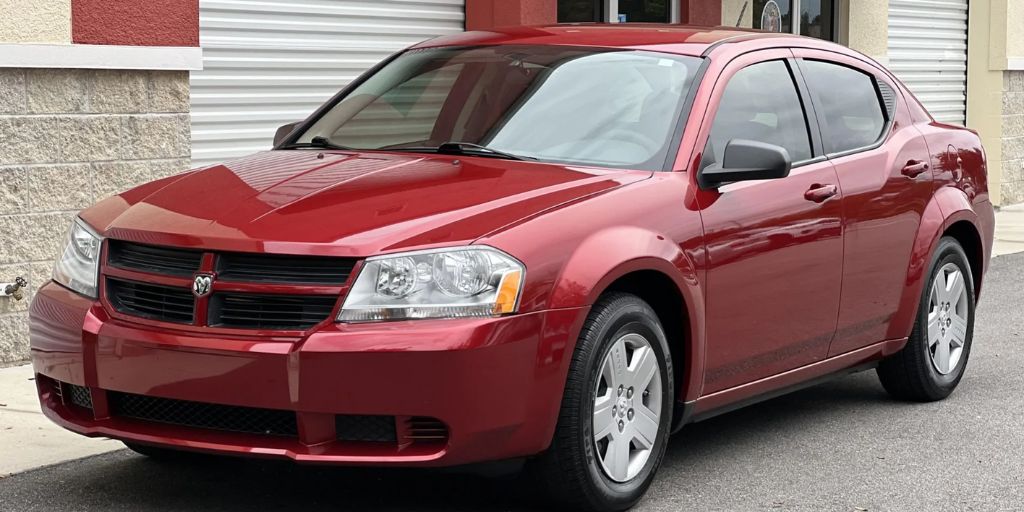
3. Dodge Avenger
The Dodge Avenger is a sedan that consistently underperforms on the used market. While Dodge marketed it as a sporty, affordable alternative to the Charger, the Avenger never found a solid identity or loyal customer base. It’s not particularly efficient, luxurious, or sporty, and it suffers from the kind of middling build quality that turns off used car buyers.
When people browse online marketplaces looking for mid-size sedans, the Avenger is almost always passed over in favor of more reliable and better-reviewed alternatives like the Honda Accord or Toyota Camry.
Part of the problem is how the car feels and looks. The Avenger’s interiors are dated, with cheap materials and awkward ergonomics. The ride quality is harsh, the steering lacks precision, and the base engines feel sluggish, all of which contribute to a car that just feels “off” to drive.
Even if it has a clean Carfax, a used Avenger doesn’t inspire confidence. Buyers who take the time to research the model quickly discover its poor reliability scores and uninspiring crash test results. That’s usually enough to kill the deal before it even starts.
Online, the Avenger struggles to get any traction unless it’s priced unrealistically low. You can have good photos, service records, and even a low-mileage model—and it will still be outshined by more popular competitors. The reality is that Avenger listings get overlooked.
The nameplate has virtually no brand cachet, and Dodge doesn’t have the same resale appeal in the sedan segment as Toyota, Honda, or even Ford. For car flippers, this means poor ROI, extended time-to-sale, and often the need to take a loss just to move inventory. It’s a car that’s not worth the hassle.
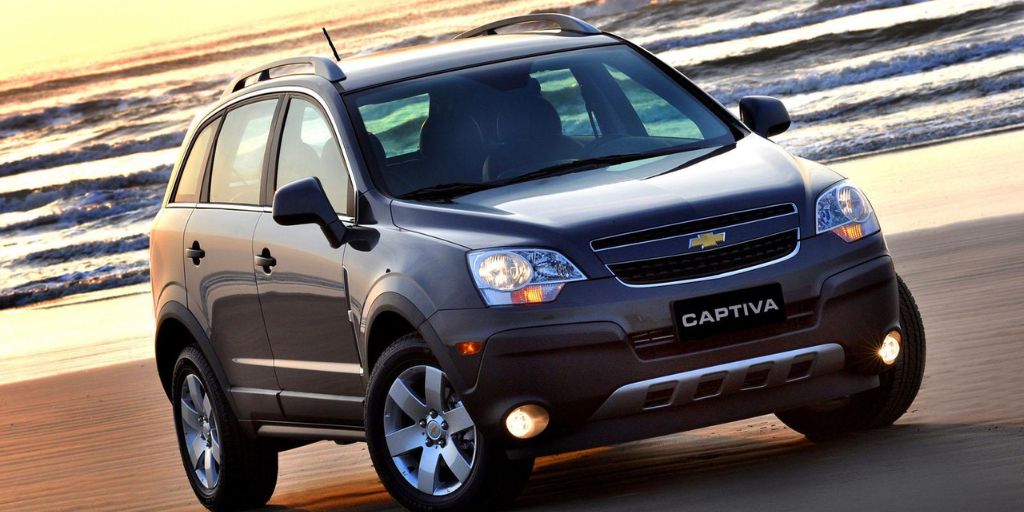
4. Chevrolet Captiva Sport
If you’ve never heard of the Chevrolet Captiva Sport, you’re not alone—and that’s a huge part of the problem. This rebadged version of the Saturn Vue was sold almost exclusively to fleet buyers and rental agencies between 2012 and 2015. Since it was never marketed directly to the public, the average used car shopper has no familiarity or emotional connection to the Captiva.
That unfamiliarity breeds confusion, and in the resale market, confusion is poison. Buyers hesitate, ask a lot of questions, and ultimately click away to more recognizable options.
What makes the Captiva even harder to flip is its uninspired design and dated interior. It looks and feels like an older car, even in higher trims, and lacks any defining characteristics that might attract niche buyers. The ride is average, the handling is mediocre, and there’s nothing particularly enjoyable about driving it.
Many potential buyers who come across a Captiva listing online will assume it’s some off-brand SUV or wonder if it’s a discontinued import. That lack of name recognition means flippers must work overtime to generate interest, often to no avail.
Mechanically, the Captiva isn’t necessarily terrible, but it’s not great either. Its drivetrain and electronics don’t have strong long-term reliability ratings, and finding specific parts can sometimes be a challenge due to its fleet-only origin. When flippers do get inquiries, they’re usually from highly skeptical buyers expecting a massive discount.
Even fully loaded models with leather seats, sunroofs, and decent mileage rarely command much value. Bottom line: the Captiva Sport is one of those vehicles that’s just too obscure to be worth flipping unless you enjoy long hold times and razor-thin margins.
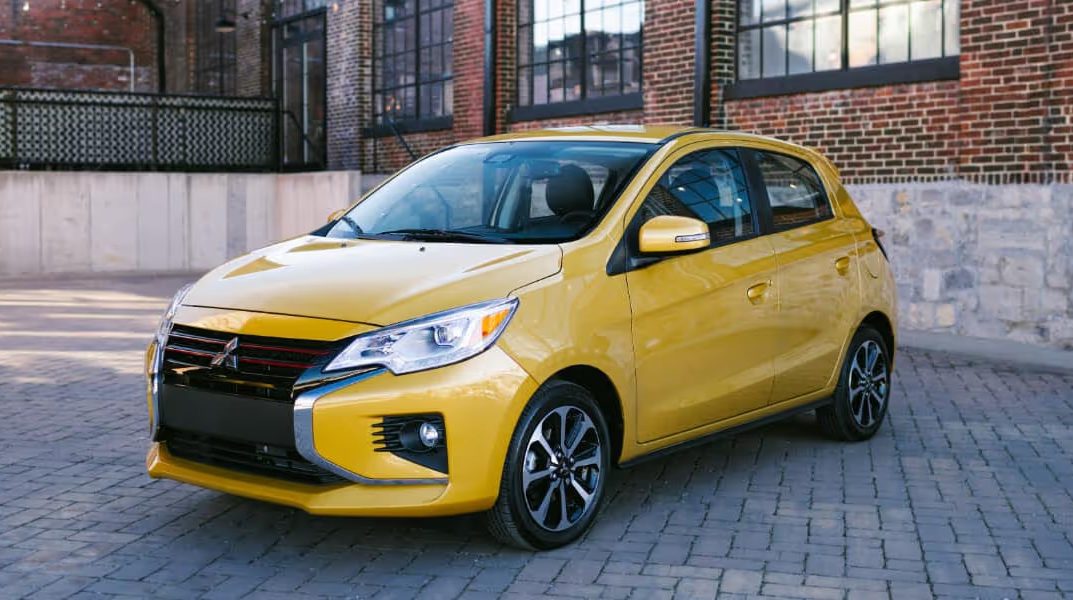
5. Mitsubishi Mirage
The Mitsubishi Mirage is often pitched as a budget-friendly commuter car, but its ultra-low price tag and low operating costs mask several serious shortcomings. From the outset, it’s clear that the Mirage was built with cost-cutting as the top priority.
Materials are cheap, the ride quality is poor, and the engine, while fuel-efficient, is underpowered to the point of frustration. Most used car buyers browsing online listings are looking for something affordable, yes, but they still expect a basic level of quality and refinement. The Mirage falls short in almost every respect.
Resale is particularly difficult because the Mirage is neither desirable nor respected. It doesn’t have the strong brand heritage of Toyota or Honda, nor the cult appeal of cars like the Miata or Civic Si. Its small size and minimalist features might be acceptable in a $2,000 Craigslist beater, but when listed at any higher price point, buyers start asking tough questions.
Why not buy a used Corolla instead? What about a Fit or a Yaris? And when the Mirage is priced low enough to be competitive, the flipper’s margin vanishes almost entirely.
Making matters worse, used Mirages are often poorly maintained, as they tend to be purchased new by cost-sensitive buyers who skimp on repairs. This means you may inherit a host of issues like worn suspension, electrical gremlins, and neglected fluids.
Even if you do clean one up and get it running right, it’s hard to justify the time and effort when the demand is so thin. In most cases, even aggressive pricing won’t move a Mirage quickly. It’s one of those cars that looks like a good flip on paper, but in practice, it’s a slow, frustrating sale with little to no upside.
Also Read: 5 TPMS Setups That Don’t Fail And 5 That Always Need Resets
If there’s one truth in the world of online car flipping, it’s that not all cars are created equal. While photos, pricing, and copywriting all matter, the biggest factor determining whether a car will sell quickly is the car itself. Some models are so well-known for reliability, affordability, and versatility that they virtually sell themselves the moment they hit Facebook Marketplace or Craigslist.
Others, however, have reputations so tainted—or appeal so narrow—that they become instant inventory headaches. Understanding the difference is the key to profitable flipping in today’s saturated online market.
The cars that flip easily online all have several traits in common: strong brand recognition, low cost of ownership, and a reputation for reliability that crosses generational and cultural lines. The Honda Civic, Toyota Corolla, and Toyota Camry are not just dependable—they are trusted.
This trust is what allows them to move fast, even in high-mileage conditions. The Ford Ranger appeals to a slightly different audience—those looking for practical utility without the cost of a full-size truck.
And the Mazda3 brings a bit of flair and sportiness, appealing to younger buyers who want to enjoy driving without sacrificing dependability. These vehicles check boxes for large swaths of the market. That’s what makes them flippable.
In contrast, the vehicles that consistently fail to move online usually share the opposite traits. They may look unique or come with unusual features, but their real-world usability is severely limited. The Smart Fortwo, for instance, is incredibly efficient—but it’s also cramped, slow, and impractical for the vast majority of drivers.
The Fiat 500 suffers from poor long-term reliability and brand skepticism. The Dodge Avenger is a mid-size sedan that doesn’t compete with the quality of others in its class. The Chevrolet Captiva Sport is unknown to most buyers and lacks any distinguishing features to make it memorable.
The Mitsubishi Mirage, while affordable, is so underpowered and cheaply built that even the most budget-conscious shoppers tend to avoid it. These cars don’t just fail to excite—they actively repel would-be buyers who are wary of making a regrettable purchase.
The takeaway here isn’t just a list of vehicles to buy or avoid—it’s a reminder that flipping cars successfully means thinking like a buyer. You’re not just selling a machine with four wheels—you’re selling peace of mind, practicality, and value. The best flips are those that require minimal explaining.
When a car has a good reputation, the listing does most of the work for you. When a car has baggage—mechanical, emotional, or brand-related—you’ll spend far more time justifying the sale, lowering the price, and ultimately settling for a slim margin or a loss.
Smart flippers aren’t just mechanics or deal hunters—they’re market psychologists. They know what moves people to buy. They study trends, local demand, and buyer psychology.
And they know that flipping cars isn’t about personal preference—it’s about understanding what sells. Stick to vehicles that offer the most to the broadest audience, and your flips will be faster, easier, and far more profitable.
In the end, the difference between a car that flips and a car that flops is rarely just about mileage or condition. It’s about perception. And perception, in the world of online flipping, is everything.

